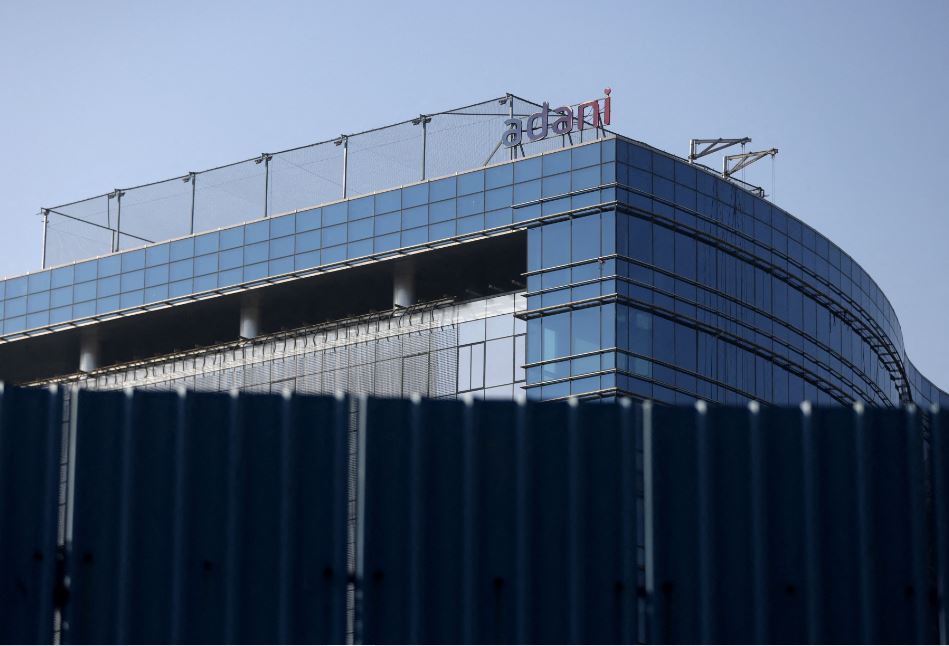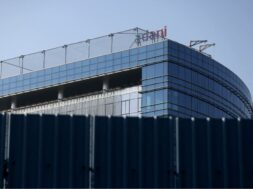
Was Hindenburg Report The Biggest Con Played on Indian Investors?
“I am basically there to make money, I cannot and do not look at the social consequences of what I do,”
-George Soros |in 2008, speaking about his role in financial collapse of Thailand, Malaysia, Indonesia, Japan and Russia
Exactly a year ago, a seismic shock rocked the Indian stock market as US based short-seller Hindenburg published a scathing report targeting Adani Group, India largest conglomerate and critical infrastructure developer, accusing it of various unfounded and baseless allegations. The report not only alleged improprieties but also cast doubt on the very fundamentals of Adani’s businesses.
Hindenburg’s accusations were severe, forecasting massive downside targets in the group’s stocks and creating a massive panic among investors. The report started with a bold claim, stating, ”Even if you ignore the findings of our investigation and take the financials of Adani Group at face value, its key listed companies have 85% downside purely on a fundamental basis owing to sky-high valuations.”
Moreover, it presented incorrect leverage ratios (net debt to EBITDA)(refer Table 1), misleading the market that the group was highly leveraged and facing precarious financial conditions. It asserted “Key listed companies have also taken on substantial debt, including pledging shares of their inflated stock for loans, putting the entire group on precarious financial footing. 5 out of 7 key listed companies have reported current ratios below 1, indicating near-term liquidity pressures.”
The fallout was substantial, with Adani Group stocks witnessing a massive sell-off, causing millions of investors to lose lakhs of crores in notional value within a matter of weeks. Hindenburg and other co-short-sellers appeared to profit at the expense of Indian investors, leaving close to 5 million Adani investors and others invested in Indian markets with significant losses. The broader markets were not immune to the reverberations of a strongly worded and assertive report, which albeit temporarily, succeeded in creating negative sentiments within the Indian markets.
However, a year later, an entirely different narrative has unfolded. Not only has Adani Group been cleared of all the reported accusations by various regulatory bodies including the highest authorities in India, but it has also achieved remarkable growth, comfortably reduced its debt, meet all financial obligations, boosted liquidity, all while making aggressive strategic investments.
Notably, key group stocks including Adani Ports and Adani Power, have surged 50% and 91% respectively against Hindenburg’s forecasted downside of 88.07% and 10.4% (refer Table 2), outperforming benchmark indices like Nifty and Bank Nifty and outperformed other blue-chip stocks such as TCS, Reliance Industries, Infosys, HDFC Bank, ICICI Bank, Kotak Bank, HUL, and ITC. Other group stocks have also rebounded sharply from their initial lows post the panic induced by the Hindenburg report and are witnessing an upward trend.
The recovery extends beyond equities; all 15 listed group bonds have regained their footing, now trading at pre-Hindenburg levels. This prompts a serious question: Was the Hindenburg report the biggest con on Indian investors?
In hindsight, Adani Group’s resilience and resurgence of its securities raises doubts about the accuracy, impact and most importantly motives of the Hindenburg report. It underscores the importance of careful consideration of sources and thorough research in the complex world of investments. As investors reflect on the past year’s events, it becomes evident that the true strength of Adani group’s fundamentals has withstood the storm of controversy, leaving investors to ponder the reliability of external critiques.
Table 1: Misled investors with incorrect information, falsely created a default scenario
| Company | Hindenburg reported Net Debt/EBITDA |
Actual Net Debt/EBITDA | |
| FY23 | H1 FY24 | ||
| Adani Ports | 4.1x | 2.8x | 2.5x |
| Adani Green Energy | 12.1x | 6.5x | 4.9x |
| Adani Power | 3.3x | 2.3x | 1.3x |
| Adani Enterprises | 6.4x | 2.1x | 2x |
| Adani Total Gas | 1.5x | 1.1x | 1x |
| Adani Transmission | 9.1x | 4.5x | 4.5x |
Source: Hindenburg report, Adani presentations
Table 2: Created Panic with massively forecasted downsides
| Company | Hindenburg’s Implied Downside |
1-year returns |
| Adani Ports | -88.07% | 50% |
| Adani Green Energy | -88.30% | -15% |
| Adani Power | -10.42% | 90% |
| Adani Enterprises | -88% | -12% |
| Adani Total Gas | -97% | -74% |
| Adani Transmission | -83% | -40% |
| Adani Wilmar | -58% | |
| Ambuja Cements | — | 1% |
Source: Hindenburg report, National Stock exchange
Table 3: H1 FY24 EBITDA Growth of Adani Companies
| Company | YoY EBITDA Growth for H1 Fy24 |
| Adani Ports | 10.9% |
| Adani Green Energy | 76.4% |
| Adani Power | 77.0% |
| Adani Enterprises | 28.3% |
| Adani Total Gas | 13.7% |
| Adani Transmission | 4.9% |
| Adani Wilmar | -59.4% |
| Ambuja Cements | 119.3% |
| Total | 47.0% |
Source: Adani Presentations













